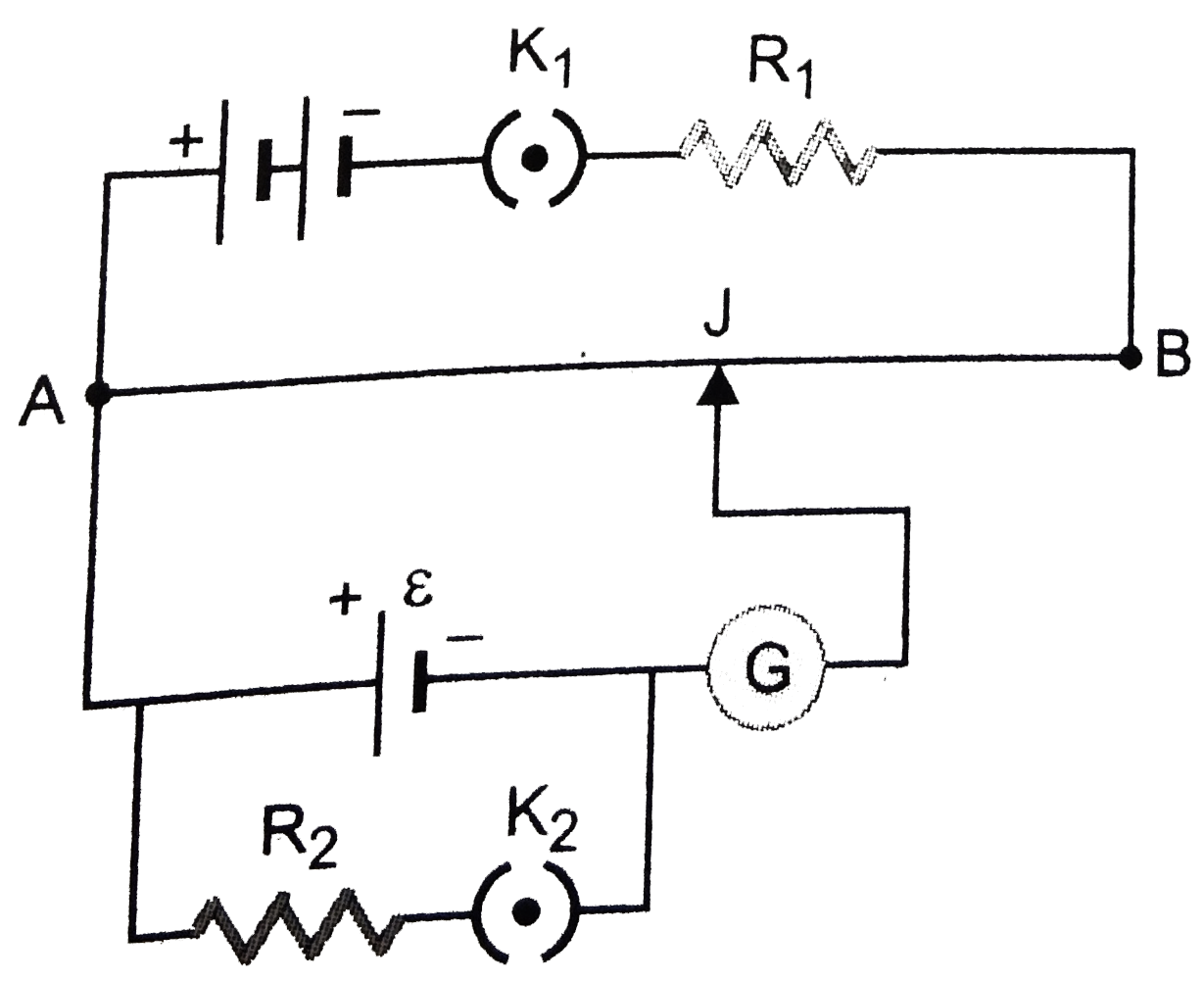Name the spherical mirror which (i) diverges (ii) converges the beam of light incident on it. Justify your answer by drawing a ray diagram in each case.
Step-by-Step Solution:
1. Identify the Types of Spherical Mirrors:
- A concave mirror converges light rays that are incident on it.
- A convex mirror diverges light rays that are incident on it.
2. Justification for Concave Mirror:
- When parallel rays of light (from a distant object) strike a concave mirror, they reflect and converge at a point known as the focus.
- Ray Diagram for Concave Mirror:
- Draw a concave mirror (a section of a sphere with the reflective side facing the object).
- Draw parallel rays of light approaching the mirror.
- Show the rays reflecting off the mirror and converging at a point (the focus) in front of the mirror.
3. Justification for Convex Mirror:
- When parallel rays of light strike a convex mirror, they reflect and appear to diverge from a point behind the mirror, which is considered the virtual focus.
- Ray Diagram for Convex Mirror:
- Draw a convex mirror (a section of a sphere with the reflective side facing away from the object).
- Draw parallel rays of light approaching the mirror.
- Show the rays reflecting off the mirror and diverging, with dashed lines extending back to a point behind the mirror (the virtual focus).
4. Conclusion:
- The spherical mirror that diverges light is the convex mirror.
- The spherical mirror that converges light is the concave mirror.
- A concave mirror converges light rays that are incident on it.
- A convex mirror diverges light rays that are incident on it.
- When parallel rays of light (from a distant object) strike a concave mirror, they reflect and converge at a point known as the focus.
- Ray Diagram for Concave Mirror:
- Draw a concave mirror (a section of a sphere with the reflective side facing the object).
- Draw parallel rays of light approaching the mirror.
- Show the rays reflecting off the mirror and converging at a point (the focus) in front of the mirror.
- When parallel rays of light strike a convex mirror, they reflect and appear to diverge from a point behind the mirror, which is considered the virtual focus.
- Ray Diagram for Convex Mirror:
- Draw a convex mirror (a section of a sphere with the reflective side facing away from the object).
- Draw parallel rays of light approaching the mirror.
- Show the rays reflecting off the mirror and diverging, with dashed lines extending back to a point behind the mirror (the virtual focus).
- The spherical mirror that diverges light is the convex mirror.
- The spherical mirror that converges light is the concave mirror.
Topper's Solved these Questions
- REFLECTION OF LIGHTBOOK - ICSECHAPTER - REFLECTION OF LIGHTEXERCISE - EXERCISE 7(B)
9 Videos
- PROPAGATION OF SOUND WAVES BOOK - ICSECHAPTER - PROPAGATION OF SOUND WAVES EXERCISE - EXERCISE -8(B) (Multiple choice type)
3 Videos
- SOUNDBOOK - ICSECHAPTER - SOUNDEXERCISE - TOPIC 2 Infrasonic and Ultrasonic Waves ( 3 Marks Questions)
3 Videos
Similar Questions
The electronic configuration of an element 'X' is 2,8,8,2. Write its (i) group number, (ii) period number and (iii) the number of valence electrons in its atom. Justify your answer in each case.
View SolutionMention the types of mirrors used as (i) rear view mirrors, (ii) shaving mirrors. List two reasons to justify your answers in each case.
View SolutionWhich of the following ray diagrams is correct for the ray of light incident on a concave mirror as shown in figure.

View SolutionIt is established that an electric current through a conductor produces a magnetic field arount it . Is there a similar magnetic field produced around a thin beam of moving (i) alpha particles, (ii) neutrons ? Justify your answer in each case .
View SolutionDraw suitable diagrams to illustrate the action of (i) concave mirror, and (ii) convex mirror, on a beam of light incident parallel to the principal axis.
View SolutionFor the circuit would the balancing length increase, decrease or remain the same if
(i) R1 is decreased
(ii) R2 is increased, without any change (in each case) in the rest of the circuit ?
Justify your answer in each case.

View SolutionWhich of the following ray diagrams is correct for the ray of light incident on a lens shown in Fig. ? Choices are given in Fig.

View SolutionL is a lens such that a parallel beam of light I ncident on it, after refraction, converges to a point at a distance x from it and M is a mirror such that a parallel lbeam of light incident on it, after reflection, converges to a point at a distance y from it. Now the lens L and mirror M are placed at a distan 2(x+y) from each other. An object of size 2 cm is kept infront of lens at a distance 2x from it. Find the nature, position , and size of the image that willl be seen by an observer looking toward the mirror through the lens.

View SolutionDraw the following diagram, in which a ray of light is incident on a concave/convex mirror, on your answer sheet . Show the path of this ray, after reflection, in each case.

View SolutionTwo plane mirror are inclined to each other at 90∘. A ray of light is incident on one mirror. The ray will undergo a total deviation of
View Solution
